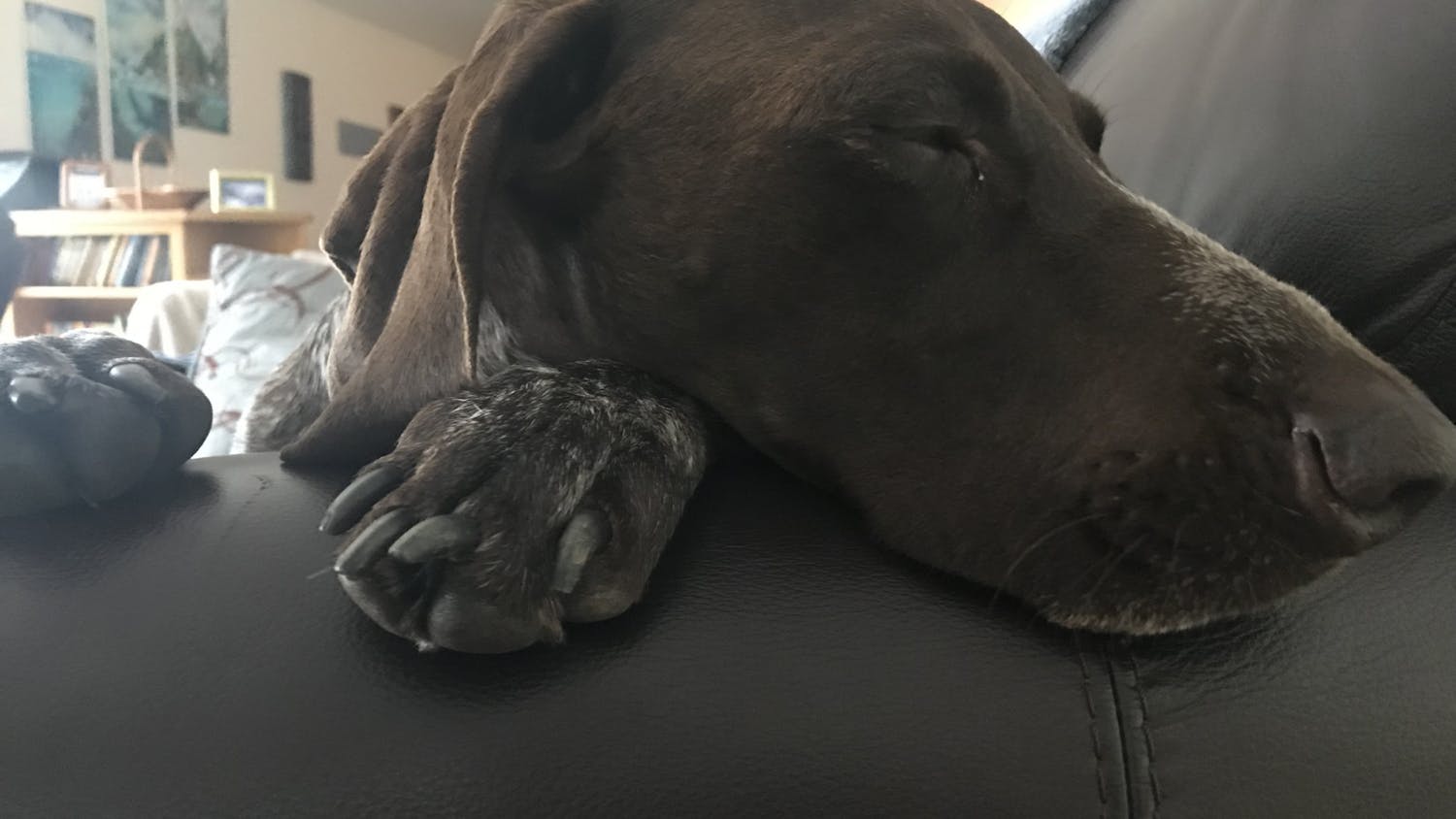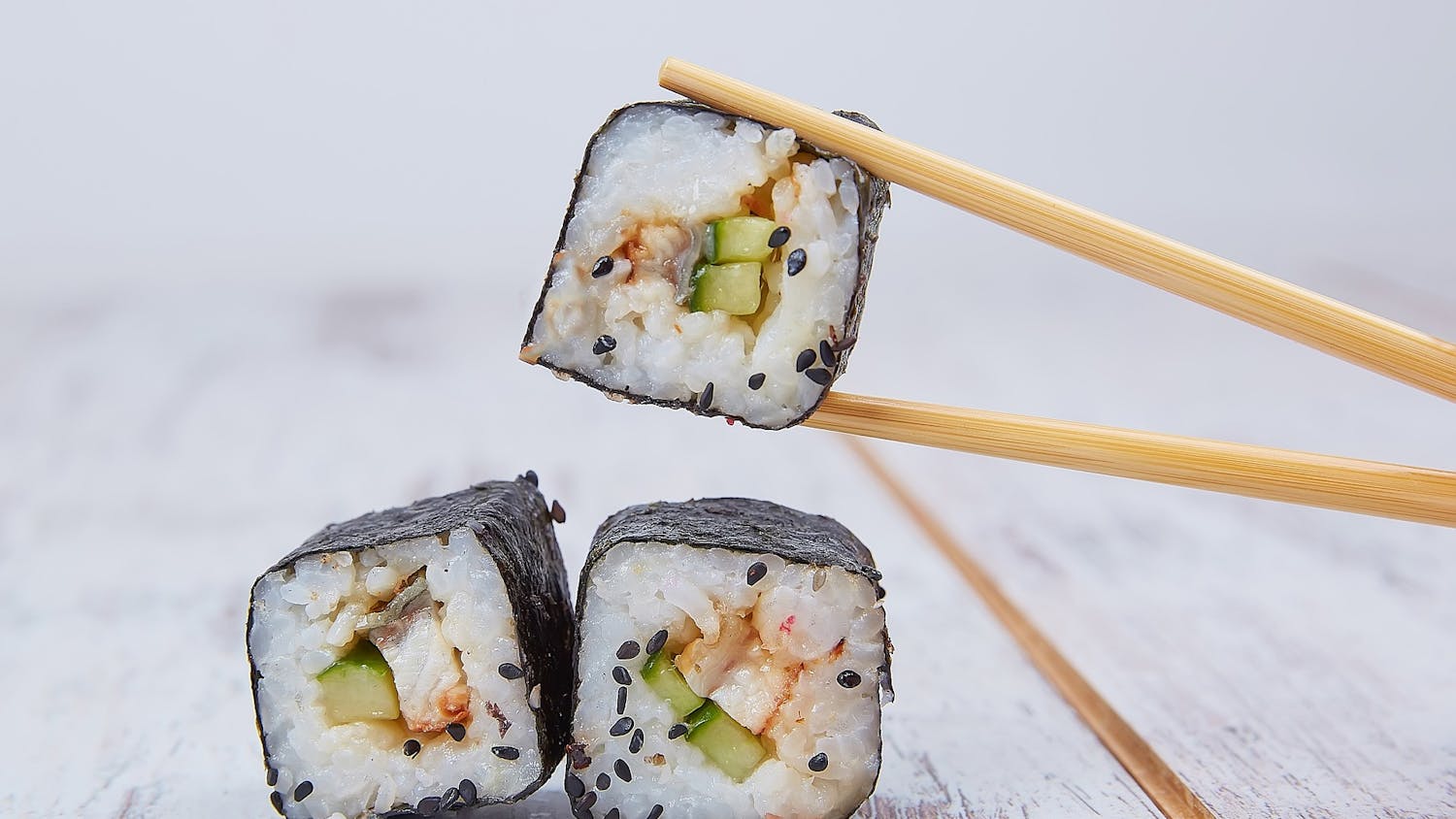By Maddie Smith A group of bottlenose dolphins from California have traveled north and made themselves at home in the Puget Sound. Cascadia Research Collective, an Olympia-based nonprofit organization, has been keeping track of bottlenose dolphin sightings in the Puget Sound. They have published two reports on the dolphin sightings. The dolphins traveled up the West Coast from Sonoma County, California, and have been living in the Puget Sound since September 2017, according to the first report by Cascadia Research. The exact number of bottlenose dolphins in the Puget Sound is not currently known, but Cascadia Research estimates there are at least five to six. The initial sightings of the dolphins in the Puget Sound were reported by Orca Network, a nonprofit organization based out of Freeland, Washington. Since then, most of the sightings have been reported by ordinary beachgoers between Seattle and Tacoma, said David Anderson, biologist at Cascadia Research. According to Anderson, despite that it’s concerning to see these warm water mammals in the cold waters of the Puget Sound, the fact that they have stuck around for this long is a good sign. Cascadia Research was able to follow the journey of a dolphin they’ve named “Miss” since the 1980s from her native waters of coastal southern California. Researchers are able to identify individual dolphins using the “nicks and notches in the trailing end of their dorsal fins,” Anderson said. Historically, she has traveled up and down coastal California waters, but this is the first time that she has made a journey this far north, according to a Cascadia Research report. Miss was seen in April 2017 in Sonoma County, California before she made her journey north. “The next thing we knew, she was in Puget Sound in September,” Anderson said. It is still unknown why the bottlenose dolphins are migrating so far north and what this means for the ecosystem of the Puget Sound. One possible culprit is The Blob. University of Washington climate scientist Nick Bond coined this term for the significantly warmer water that has been present near the West Coast for several years, according to a 2015 Seattle Times article. Alejandro Acevedo-Gutierrez, a biology professor at Western, said The Blob brought warm water animals to the Puget Sound. “I suspect that the presence of bottlenose dolphins here – and this is my hypothesis – may have to do with prey that they consume being able to move farther north because of The Blob,” he said. Whether or not The Blob played a role in these migrations is still unknown. Laurie Schuster, a volunteer research associate at Cascadia Research, said she is still puzzled by the migration. “There’s no smoking gun in this case,” she said. Schuster said the migrations have made her wonder what kind of changes are happening in the Puget Sound ecosystem as a whole. Schuster is optimistic about the survival of the dolphins in the Puget Sound, but she said she is also concerned about their health in unfamiliar, colder waters. “The realistic part of me knows that there could be trouble ahead for them,” she said. Despite being far from home, there is evidence that suggests historic migrations of bottlenose dolphins and their past interactions with Coast Salish Nations, according to Anderson. “Mixed in with all the clam shells and fish bones there have been some bottlenose dolphin bones,” he said. For now, Anderson said, all that can be done is to keep an eye out for unfamiliar dorsal fins in the chilly waters of the Puget Sound. He said any sightings of potential bottlenose dolphins should be reported to Anderson at danderson@cascadiaresearch.org.





